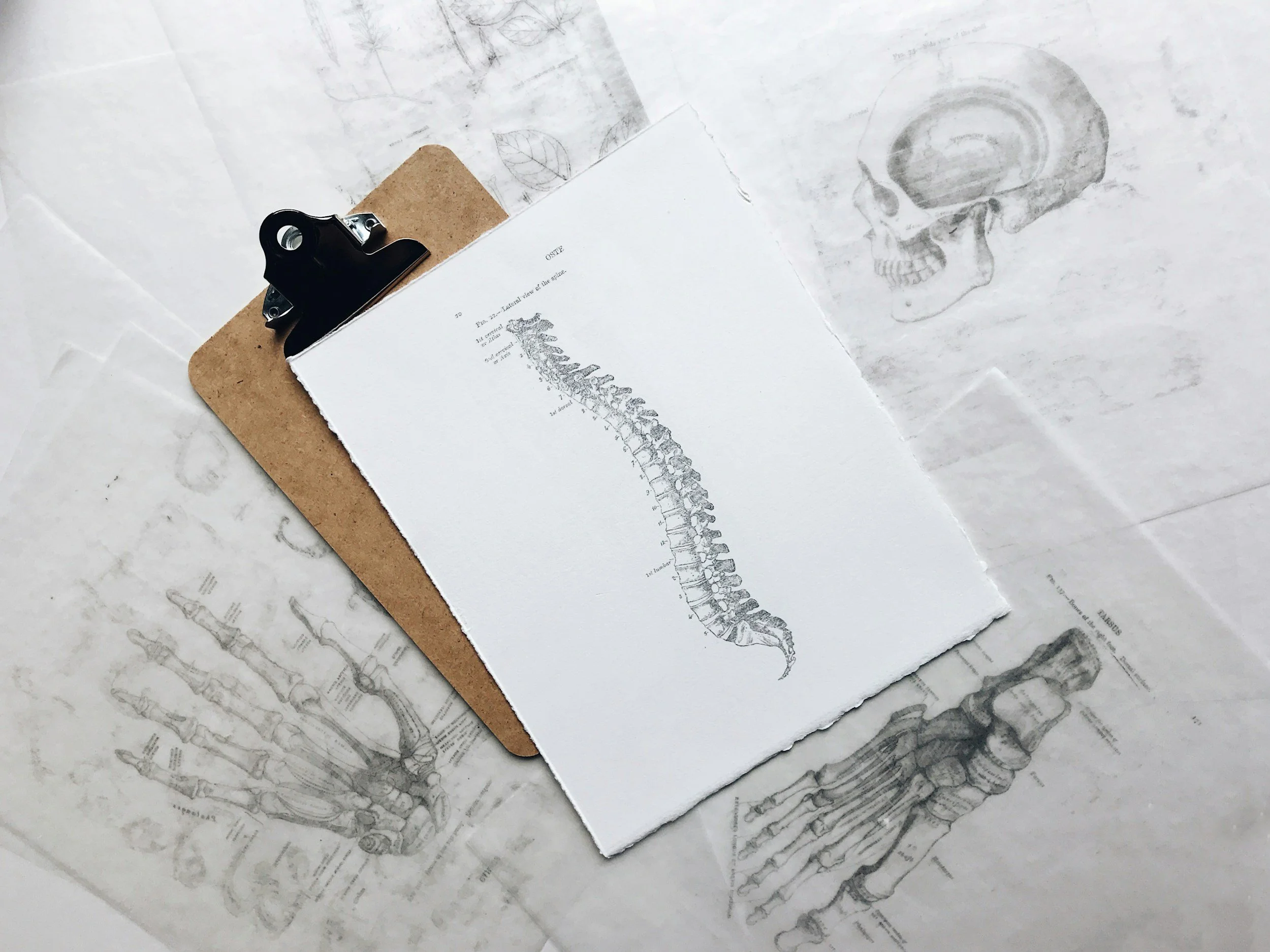Navigating Whiplash Recovery After a Car Crash: What You Need to Know
Being involved in a car crash, or anything elsel where you experience blunt force trauma, is a traumatic experience, both physically and emotionally. Even if you feel fine immediately afterward, your body and mind may need time to process the event. One common injury associated with car accidents is whiplash – a neck injury caused by a rapid back-and-forth movement of the head. While whiplash is often considered minor, it can lead to chronic pain and other complications if not properly managed.
Here’s how to take care of yourself and prioritize your recovery after a car crash, or falling off your bike, for example. ANY kind of blunt force trauma.
Seek Immediate Medical Attention
1. Go to Accident and Emergency (A&E): The first step after an accident is to visit A&E, even if you don’t feel any immediate pain. Whiplash symptoms, such as neck stiffness, headaches, and dizziness, can take hours or even days to manifest. Medical professionals at A&E can assess your condition, rule out more serious injuries, and provide you with advice on managing your symptoms.
2. Follow Up with Your GP: After your initial checkup, schedule a follow-up appointment with your GP. They can monitor your recovery, recommend additional treatments, and provide referrals to specialists if needed. This step is crucial for ensuring you’re healing as expected and for documenting your condition if legal or insurance claims arise.
Allow Yourself Time to Recover
Don’t Rush Back to Normal: It’s common to want to get back to your regular routine quickly, but recovery from whiplash requires patience. Rest is essential, and pushing yourself too soon can worsen symptoms or prolong your healing time.
Communicate with Your Employer: If you’re employed, let your workplace know about your situation. You may experience flashbacks, fatigue, or difficulty concentrating as part of the emotional and physical aftermath of the accident. Taking time off work or adjusting your workload can help you recover without added stress.
Manage Stress and Promote Relaxation
Stress and tension can exacerbate whiplash symptoms, so incorporating relaxation techniques into your recovery plan is key. Here are some effective ways to ease tension and support your healing:
1. Book a Massage: Massage therapy can help relieve muscle tension, improve circulation, and reduce stress. A professional massage therapist can focus on areas affected by whiplash, helping to alleviate discomfort and promote relaxation. Be sure to choose a therapist experienced in treating post-accident injuries.
2. Take Epsom Salt Baths: Soaking in a warm bath with Epsom salts can ease muscle soreness, reduce inflammation, and promote relaxation. The magnesium in Epsom salts helps your muscles recover and can provide a calming effect on your mind. If you don’t have a bath, then a hot water bottle will be lovely and soothing as well as a warm shower.
Monitor Your Emotional Well-being
Car crashes can leave lasting emotional impacts, including anxiety, flashbacks, or even post-traumatic stress. Don’t hesitate to seek support from a counselor or therapist if you’re struggling. Talking about your experience can help you process the trauma and move forward.
Take Action for a Full Recovery
Your health and well-being should be your top priority after a car crash. By seeking prompt medical attention, giving yourself time to heal, and incorporating stress-relief practices like massage therapy and Epsom salt baths, you can support your physical and emotional recovery.
If you’re ready to take the next step toward relaxation and healing, book a massage session with a trusted therapist today. Your body and mind will thank you.
Remember, recovery is a journey – take it one step at a time.

